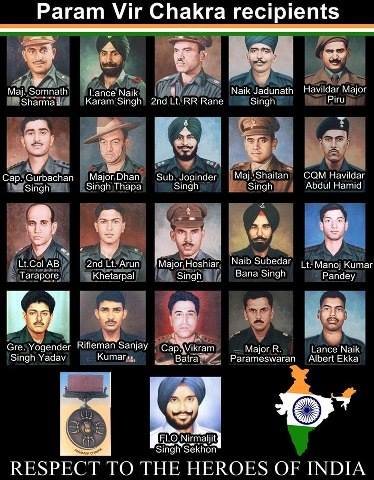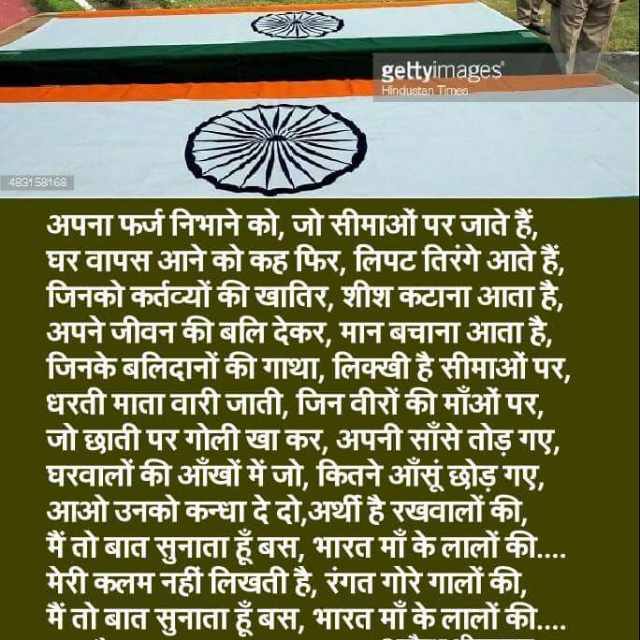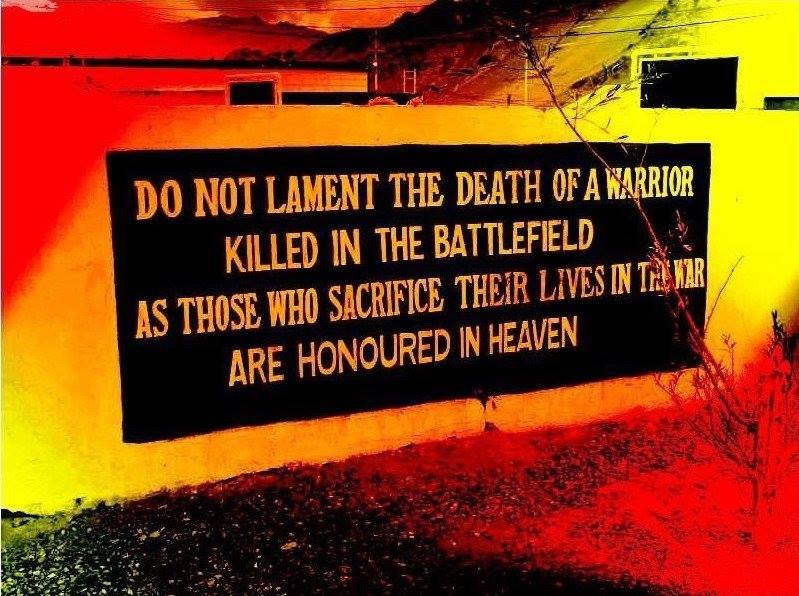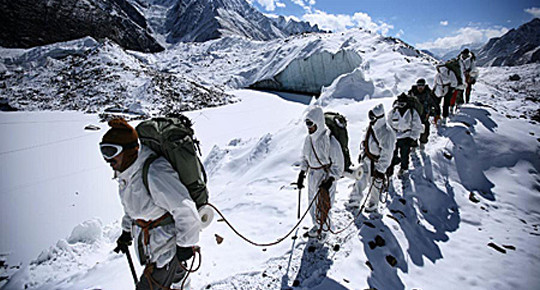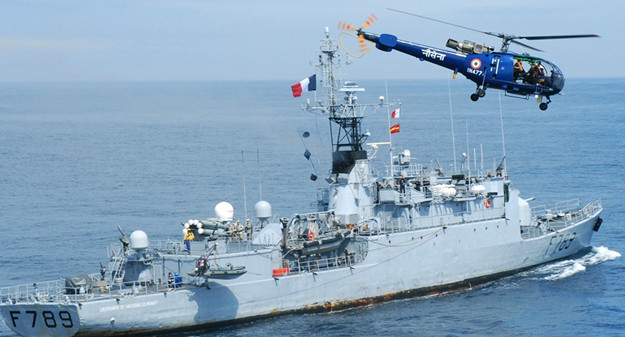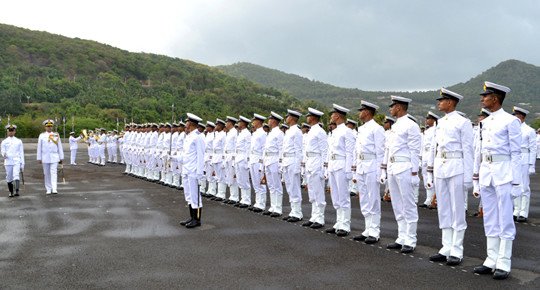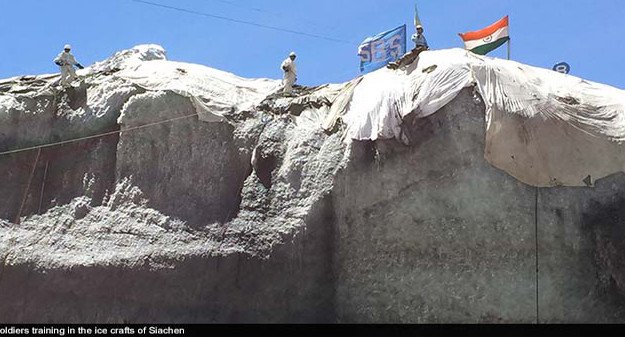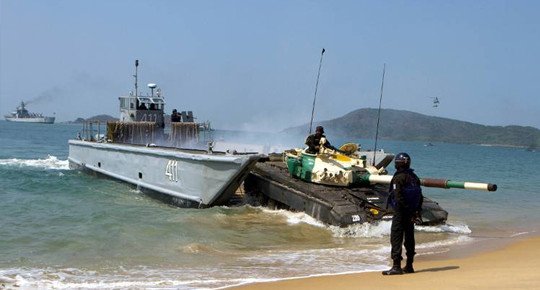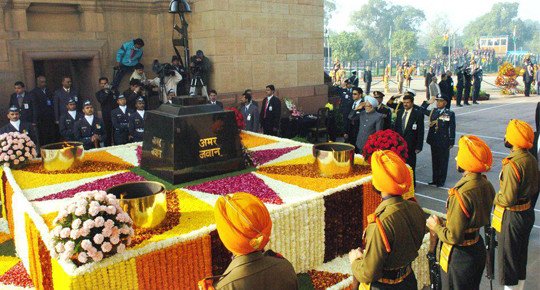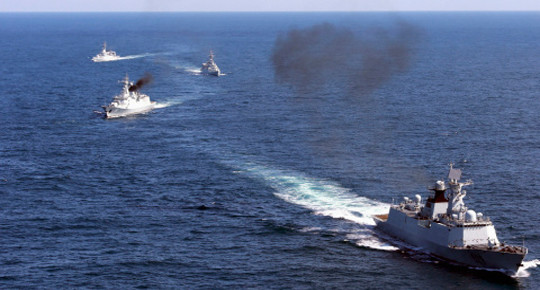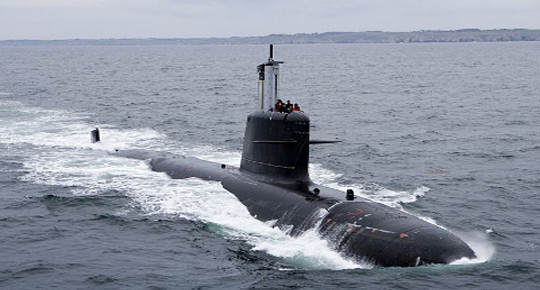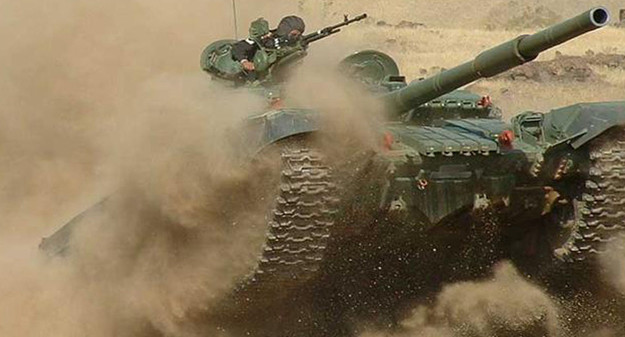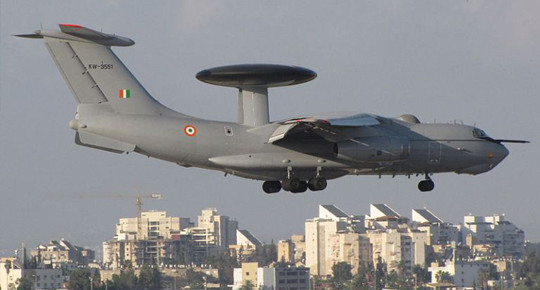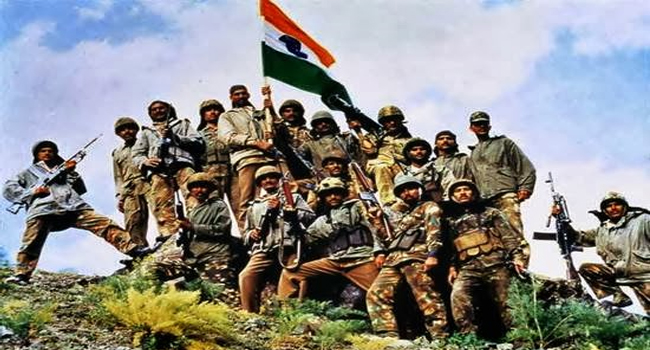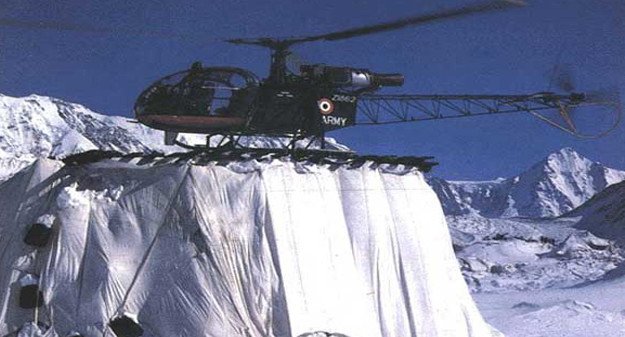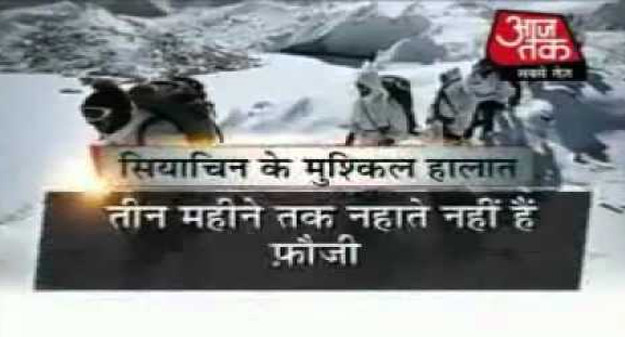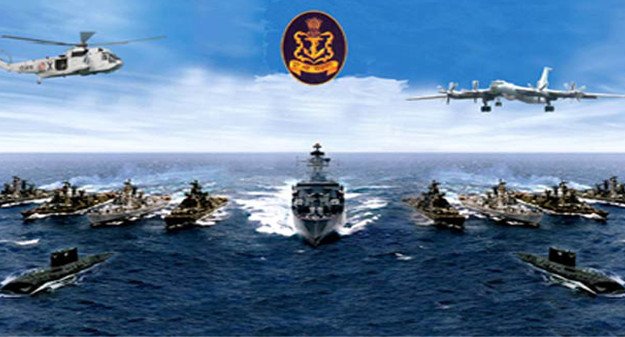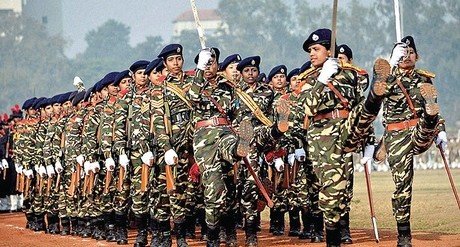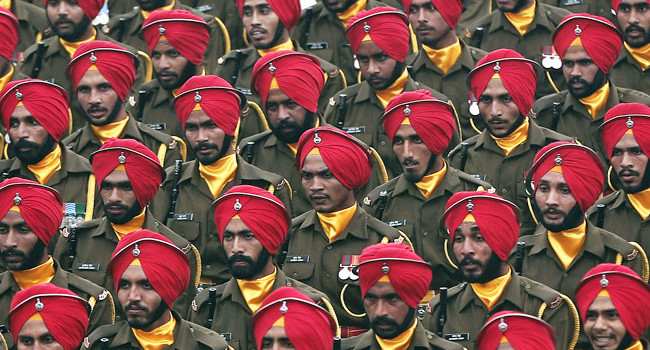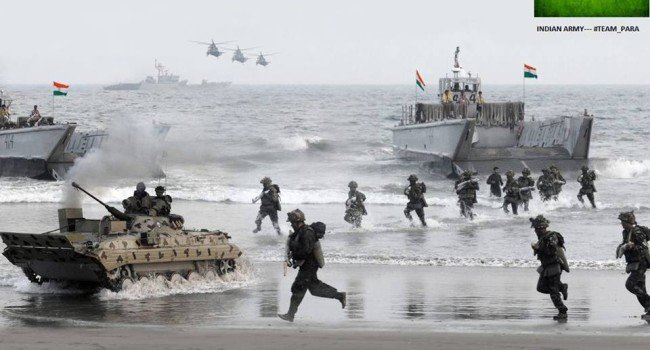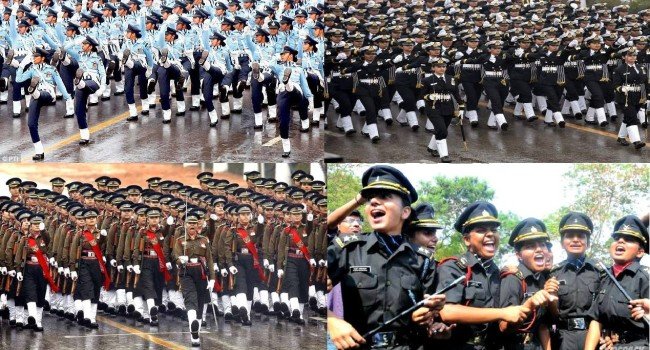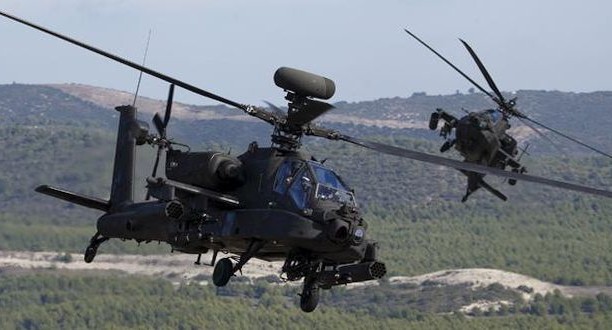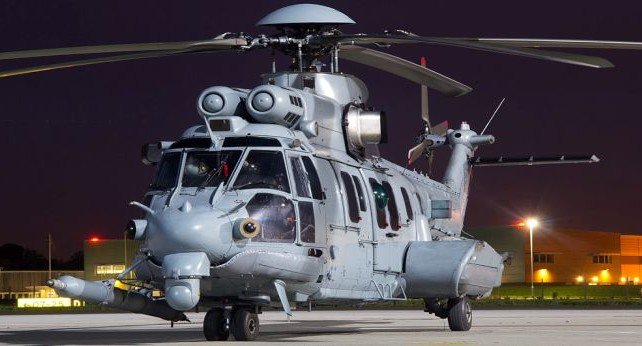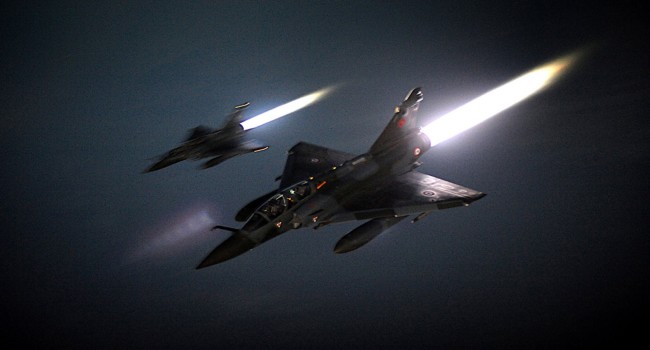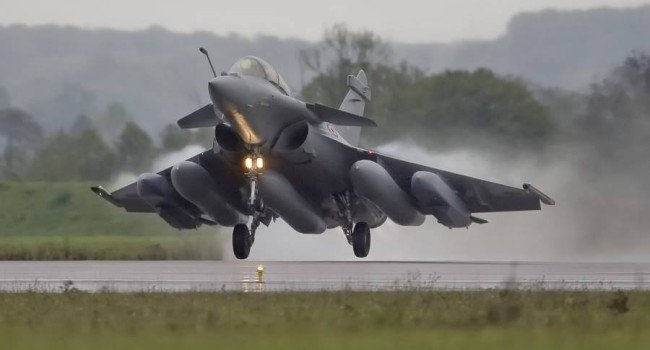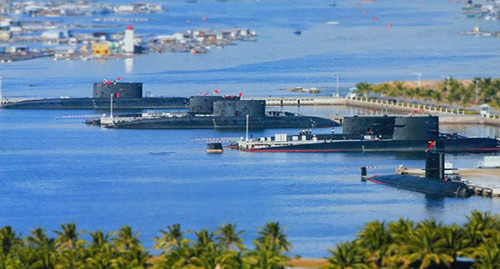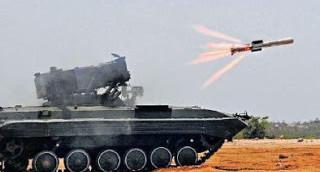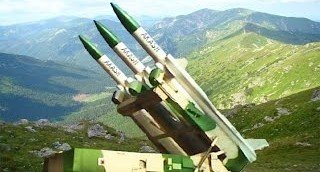We need to think in the light of the startling progress in intelligence and surveillance, targeting with accuracy and impunity. Large arrays of conventional armies and weaponry may not be adequate. Nations, unless they converge their intelligence and technology to create intelligent conflict-winning platforms, may miss the boat.

Lt Gen Sanjiv Langer (retd)
Former Deputy Chief, Defence Staff
On January 3, General Qassem Soleimani was killed by a drone strike in Baghdad. He was the Commander of the Iranian Al Quds Transnational Forces, for the last 20 years. Let us recount the facts known to us. This strike, though undoubtedly premeditated, comes at the culmination of a chain of proximate events probably commencing from December 27, 2001. On this day, attacks were launched on a US coalition base which resulted in several casualties. While the rationale of his killing could be examined further, we choose at this point to only focus on the facts.
Major General Soleimani was killed by a missile strike on his vehicle in the vicinity of the Baghdad airport. This strike was authorised by the US President and was undoubtedly launched from a drone platform.
Fact 1: An Iranian national has been killed in Iraqi territory by a US drone.
Fact 2: The attack and killing took place in Baghdad, a non-war zone.
Fact 3: The controllers of this attack are definitely out-of-area, based in another country or the US.
Fact 4: The US and Iran are not at war and Iraq, an independent sovereign country, is at war with neither.
Fact 5: There were no diplomatic protocols that preceded, nor any prior warning or interlocution.
Fact 6: Reportedly, the US military has taken ‘decisive, defensive action to protect US personnel abroad’ by this killing.
While the implications in the security domain are complex, the economic fallout was immediate. Global oil prices jumped by $3 a barrel. India’s benchmark stock indices fell 0.4 per cent, gold surged $700 and the Dow Jones was down by 0.56 per cent. The US Shale Oil Industry gained head-room and relief. Other oil-producing countries will undoubtedly benefit.
If we conjecture on the ‘back-office’ procedures and intelligence that has facilitated this attack, our conclusions could be startling. It is common for security analysts to categorise generations of warfare. In effect, these broad categorisations are inadequate today. A generation of warfare was demonstrated in the Second Gulf War, in 1991. Post-9/11 trends in war and conflict have been set on a trajectory that constantly evolve and mutate at short intervals. Commencing with the surge after 9/11, which received a hurricane start-up, undoubtedly rocky, we see today, a fine-tuned approach for initiation and management of conflict.
General Soleimani would have been under the US intelligence communities’ unblinking eye surveillance. Simply put, this means that once high-value targets are designated, there is no gap in their surveillance. Target detection and identification fired by inventive artificial intelligence (AI) is now relatively error-free. Vulnerability analysis leads to well-defined windows and frames for attack. As in this case, the Iraq airport zone would have been suitable for the strike due to its detailed knowledge as well as the exposed nature of the target.
The world media has covered numerous aspects of this incident, but what of our system of international laws, sovereignty and this new era of no-contact warfare? As a general principle, if the drone had been brought down, there was no human identification or legality to be applied. Unmanned crashed remains can be subject to long, unrestricted deliberations on identity and intent. In this case, this is not relevant since the US has claimed the attack.
And what of the ability to create an event and spark a chain of intended and unintended consequences? This conflict creation formula can be applied to diverse environments, ranging from security scenarios to economic and perceptual domains. It brings to mind an approach by the Alexander of Macedonia, where in the vast battle space at Gaugamela in 331 BC, he choose the one element, that when taken out, would compromise the enemy formations: the Persian King Darius. A continuation of thought, on a grander scale, was Napoleon’s identification in the war of A centre of gravity.
Today, riding the crest of the wave of the hurricane that commenced in 9/11, this refined thought can be applied creatively to a growing spectrum of conflict.
We need to sit back and think in the light of this startling progress in intelligence, surveillance, precision targeting and impunity. Large arrays of conventional armies and weaponry equipped and configured for particular types of war may not be adequate. Nations, unless they converge their intelligence and technology to create intelligent conflict-winning platforms, may miss the boat.
Our obsession with war, as we knew it, seems to blind us from the new paradigms of spot and creeping conflict. We have seen a horrendous conflict in Syria, the tail-end of which is still under way, which redefines all conceptions of war as we understand it. This geometric, incremental progression of conflict also raises difficult questions on the role and functioning of international bodies, whose raison d’être is centred on war, as we knew it.
General Soleimani’s death represents a singular event. The death of very few generals would impact international economies, open a slew of politico-strategic concerns, and raise uncomfortable questions on sovereignty, legality and latitude.
Based on the Iranian response, the game is on. We are unlikely to see a docile acceptance of this singular act. Iran has, over the decades, shown a great capability for innovation and resilience. Technology and intelligence leave a substantial headroom for responses and escalation in the enlarged spectrum of conflict.
Lawmakers and professionals must sit back and take stock of the galloping domain of intelligence, precision-targeting, and the expanded domain of conflict. In a creeping or sporadic conflict scenario, there is now an ability to keep the conflict well below the threshold of war. The events orchestrated in this new domain can be calibrated to be damaging, painful and frighteningly accurate.
In India’s context, given the clear and present threats we face, strategic and conventional forces are a necessity. Nevertheless, the currency for intelligent wars must be minted. This present event places us firmly on a swaying tightrope between our conflictual needs of the US as well as Iran. It will be an uneasy diplomatic journey to deal with two raging tigers, both of which we need.










